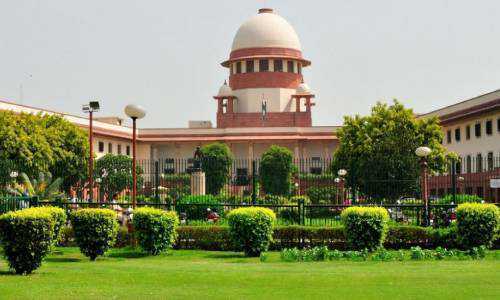
The Hon'ble Supreme Court of India issued a ruling in ArcelorMittal India Private Limited v. Satish Kumar Gupta on October 4, 2018, interpreting Section 29A of the Insolvency and Bankruptcy Code, 2016, in the case of ArcelorMittal India Private Limited v. Satish Kumar Gupta. Essar Steel India Limited was placed under corporate insolvency proceedings after the National Company Law Tribunal, Ahmedabad Bench, admitted a petition filed under Section 7 of the Insolvency and Bankruptcy Code, 2016. As a result, the Interim Resolution Professional (in this case, Satish Kumar Gupta, "the Respondent") was appointed, and he requested resolution plan proposals from interested parties.
Numetal Limited and ArcelorMittal India Private Limited both presented resolution plans. AMIPL and Numetal, on the other hand, were declared ineligible under Section 29A of the IBC by the Resolution Professional. In the instant case titled ArcelorMittal India Private Limited v. Satish Kumar Gupta the issue raised before the Apex Court for clarification was:Whether resolution can be submitted under Section 29A (c) of the IBC by any of the parties?
The Court categorically held that,
"Since it is clear that both sets of resolution plans that were submitted to the Resolution Professional, even on 2.4.2018, are hit by Section 29A(c), and since the proviso to Section 29A(c) will not apply as the corporate debtors related to AMIPL and Numetal have not paid off their respective NPAs, ordinarily, these appeals would have been disposed of by merely declaring both resolution applicants to be ineligible under Section 29A(c)."However, if such payments are made within the aforementioned time frame, both resolution applicants can re-submit their previously submitted resolution plans to the Committee of Creditors, who must examine and make a decision within 8 (eight) weeks after the judgement date. ESIL will be liquidated if the Committee of Creditors fails to reach such a decision with the required majority.

